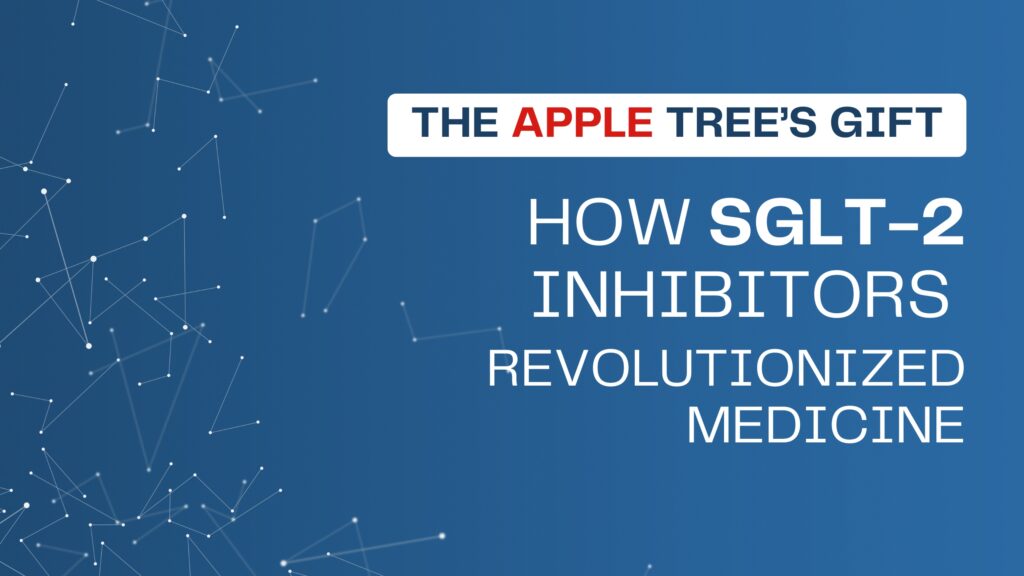Did you know one-third of TAVI patients also need blood thinners?
Curing More Than Cancer: The Expanding Role of Bone Marrow Transplant in Pediatric Genetic Disorders – Copy Written By: Dr. Nandini k AORTIC STENOSIS: -a narrowing of the aortic valve opening due to thickening of the valve with fibrosis or calcium deposition. This restricts flow of blood from the left ventricle to the aorta, causing symptoms like-dyspnea, new found difficulty walking shorter distances or decline in regular activity, lightheadedness and palpitations. Some of the causes of Aortic Stenosis are aging , bicuspid aortic valve, congenital heart disease and rheumatic fever. AS treatment varies widely with asymptomatic patients managed medically and severe symptomatic patients treated surgically. So classifying becomes important and is done using Echocardiography. Echo is the main method used to assess severity of AS and the following 3 parameters are used.The peak velocity (PVel), the mean pressure gradient (MPG) and the aortic valve area (AVA). The first two parameters are directly measured using continuous wave Doppler, while the last one is calculated based on the continuity equation and measurement of the left ventricular outflow tract (LVOT) diameter, LVOT time-velocity integral (TVI) and aortic TVI. AVA is measured by assuming that the AV area is circular but in CT images show an oval valve area thus increasing the margin of error. Ideally, these parameters should be concordant, with severe AS being defined by a peak velocity >4 m/sec, an MPG >40 mmHg and an AVA <1 cm². Treatment options for AS are-Surgical Aortic Valve Replacement (SAVR) for low to moderate risk patients ,Transcatheter Aortic Valve Implantation (TAVI/TAVR) for high risk patients. This new england journal of medicine article discusses Managing Oral Anticoagulation in Patients Undergoing TAVI. Transcatheter aortic valve implantation—or TAVI—has become an established treatment option for patients with symptomatic severe aortic stenosis, especially those who are high-risk or inoperable for traditional surgery. Approximately one-third of patients undergoing TAVI also have a concomitant indication for oral anticoagulation, most commonly due to atrial fibrillation. This creates a clinical dilemma:1) Should we interrupt oral anticoagulation before the procedure to reduce bleeding risk?2)Or should we continue it to prevent thromboembolic events like stroke? To address this, a comparison was made between periprocedural continuation and interruption of oral anticoagulation during TAVI. The primary outcome evaluated was a composite of cardiovascular death, stroke, myocardial infarction, major vascular complications, or major bleeding within 30 days post-procedure. Exclusion criteria for this evaluation included: Presence of a mechanical heart valve prosthesis Intracardiac thrombus Venous thromboembolism within the past 3 months Recent TIA or stroke within 6 months in patients with atrial fibrillation In the interruption group, anticoagulation management followed established guidelines for high bleeding-risk procedures. Results showed that bleeding complications were more common in the continuation group than in the interruption group—highlighting the bleeding risk associated with uninterrupted therapy. However, continuation of oral anticoagulation may still be important for selected high-risk patients, such as those with a high CHA₂DS₂-VASc score or a history of stroke. These individuals are more vulnerable to thromboembolic events due to their underlying vascular or cerebrovascular disease. Ultimately, managing anticoagulation in TAVI patients requires a careful balance between bleeding and thrombotic risk, tailored to each patient’s clinical profile.
Did you know one-third of TAVI patients also need blood thinners? Read More »









